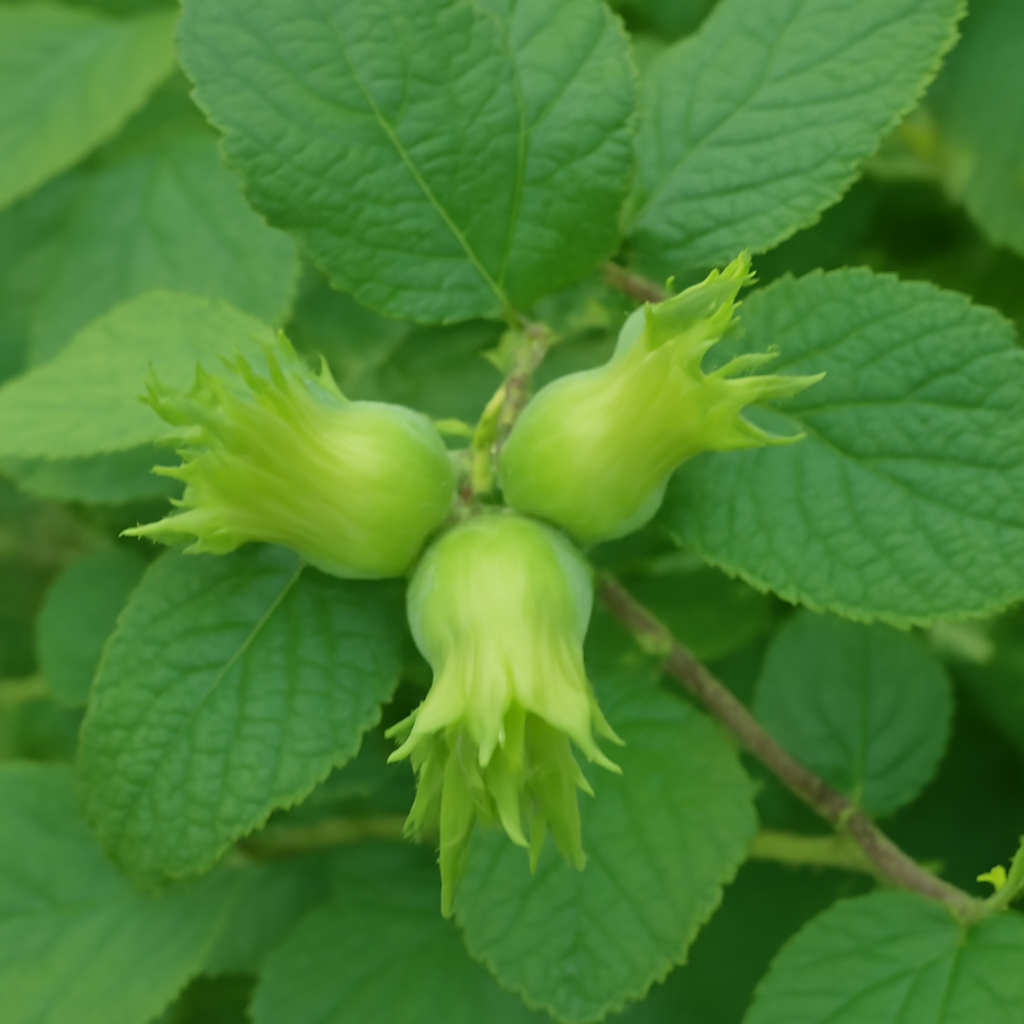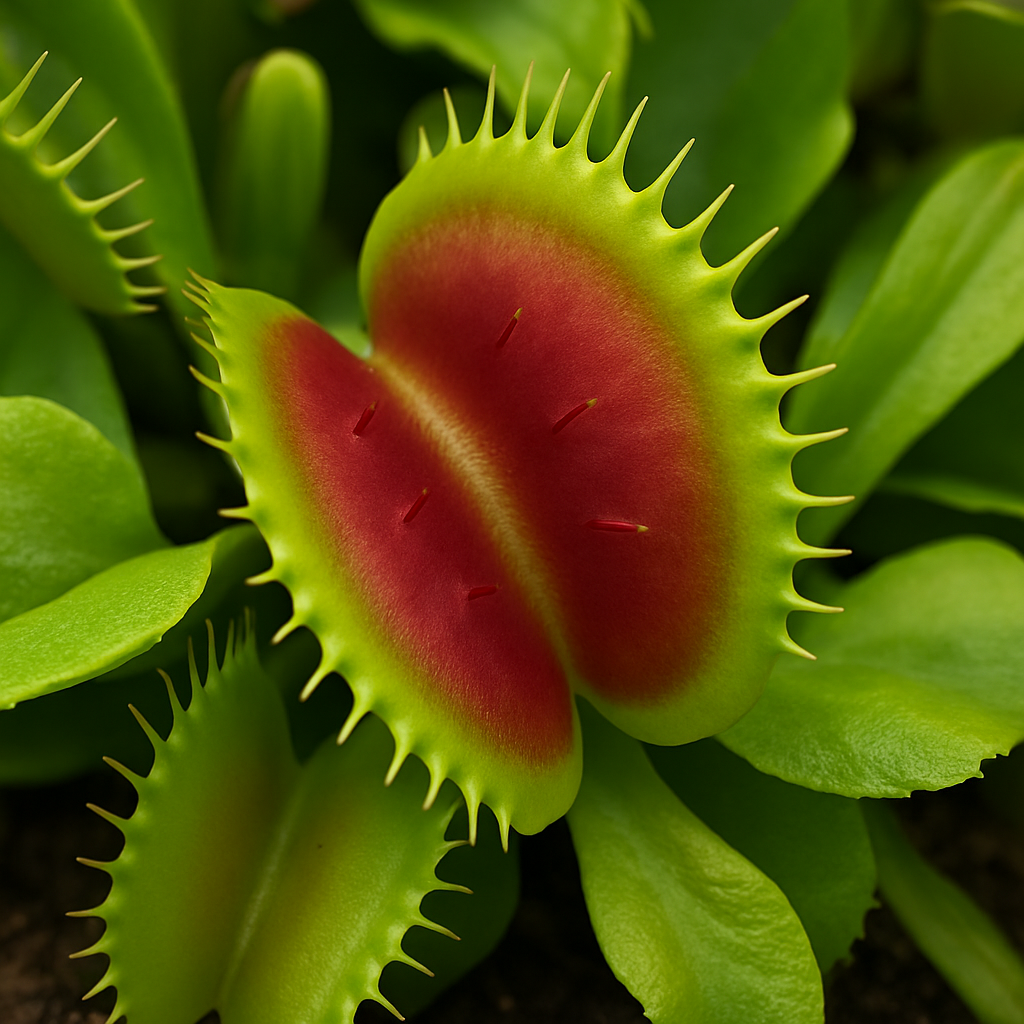Mix Giant Allium Giganteum: A Show-Stopping Flower for Your Garden
About Mix Giant Allium Giganteum
The Mix Giant Allium Giganteum (Allium giganteum) is one of the most stunning varieties of the Allium family, known for its large, globe-shaped blooms and impressive height. These ornamental flowering bulbs produce striking clusters of purple flowers that can reach up to 4 feet tall, making them a true centerpiece in any garden.
At Organicindiaseeds.com we offer high-quality organic Mix Giant Allium Giganteum bulbs, perfect for gardeners looking to add dramatic, eye-catching elements to their landscape.

Why Grow Mix Giant Allium Giganteum?
Mix Giant Allium Giganteum is a perfect addition to any landscape design due to its bold and dramatic flower heads. These flowers create an impressive vertical element in gardens, borders, and flower beds.
Beyond their visual appeal, Alliums are also relatively low-maintenance and pest-resistant, making them an ideal choice for gardeners seeking beauty without a lot of upkeep. The Mix Giant Allium blooms in late spring to early summer, attracting beneficial pollinators like bees and butterflies.
These plants also make excellent cut flowers, adding a touch of elegance to flower arrangements.
When to Plant Mix Giant Allium Giganteum
The best time to plant Mix Giant Allium Giganteum bulbs is in fall, before the first frost. Plant the bulbs approximately 6-8 weeks before the ground freezes, typically in September or October, so they can establish roots over the winter months. If you're planting in mild climates, you can also plant in early spring for a later bloom.
Where to Grow Mix Giant Allium Giganteum
Mix Giant Allium Giganteum thrives in full sun but can tolerate partial shade. It requires well-drained soil that is slightly alkaline to neutral. Alliums prefer soil that is loamy or sandy but can adapt to various soil types as long as they are well-drained.
For best results, plant the bulbs in garden beds, flower borders, or even in containers. These towering flowers are often used to add height and dimension to perennial gardens and landscaping designs. Keep in mind that Mix Giant Allium is an excellent choice for low-maintenance gardens due to its drought tolerance once established.
How to Grow Mix Giant Allium Giganteum

-
Soil Preparation: Prepare the soil by loosening it to a depth of about 6-8 inches and mixing in organic compost to ensure good drainage.
-
Planting Bulbs: Plant Mix Giant Allium Giganteum bulbs about 4-6 inches deep and space them 6-8 inches apart. If planting multiple bulbs, ensure they are spaced enough to allow for their large flower heads to fully develop.
-
Watering: After planting, water thoroughly to settle the soil around the bulbs. During the growing season, water moderately, ensuring the soil is moist but not soggy. Once established, Alliums are drought-tolerant and need little watering.
-
Fertilizing: Apply a balanced fertilizer in early spring when new growth appears. An organic fertilizer or compost will work well. Avoid over-fertilizing, as too much nitrogen can reduce flowering quality.
How to Care for Mix Giant Allium Giganteum
Mix Giant Allium Giganteum is a low-maintenance plant, but a few care practices will ensure healthy growth:
-
Watering: Alliums prefer soil that is moist, especially during the early growth stages. However, they do not like waterlogged soil, so ensure proper drainage.
-
Pruning: After the flowers have bloomed and faded, remove the spent flower heads to prevent them from going to seed. Allow the foliage to die back naturally so that the bulb stores energy for the next growing season.
-
Mulching: Apply a layer of organic mulch around the base of the plant to retain moisture and control weeds.
-
Pest Control: Alliums are pest-resistant, but you may occasionally encounter aphids or slugs. Use organic pest control methods such as neem oil or slug pellets to keep these in check.
Companion Plants for Mix Giant Allium Giganteum
Mix Giant Allium Giganteum pairs beautifully with other tall perennials, shrubs, and flowering plants. Combine them with peonies, roses, and lavender for a stunning contrast in colors and textures. They also work well in mixed flower beds with lupines, delphiniums, and irises.
For a more dramatic effect, plant Mix Giant Allium with other bulb flowers like tulips, daffodils, and hyacinths for a multi-layered, colorful display in early spring.
Harvesting Mix Giant Allium Giganteum

While Mix Giant Allium Giganteum is mainly grown for its ornamental beauty, the flower heads can be harvested and used in cut flower arrangements. Harvest the blooms when they are fully open but before they begin to fade. Cut the stems long, leaving about 2-3 inches of the stem to allow the flowers to last longer in the vase.
You can also allow the seed heads to remain on the plant to add a decorative touch to your garden during late summer and fall.
Final Thoughts on Mix Giant Allium Giganteum
The Mix Giant Allium Giganteum is an eye-catching and easy-to-grow addition to any garden. With its tall flower stalks and large, globe-like blooms, it’s perfect for adding vertical interest and bold color to your landscape.
Whether you’re looking to add a dramatic touch to your flower beds, borders, or landscaping, Mix Giant Allium Giganteum is a fantastic choice.
For organic Mix Giant Allium Giganteum bulbs, visit Organicindiaseeds.com and start growing these stunning flowers in your garden today!



Leave a comment
This site is protected by hCaptcha and the hCaptcha Privacy Policy and Terms of Service apply.